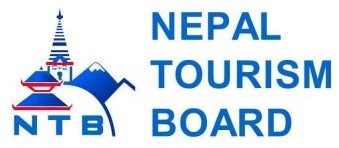Trekking in Nepal: Your Ultimate Guide for 2025/2026

3rd Dec, 2024
- teamramadventure
Nepal, nestled between India and the Tibetan Plateau, is a trekker's paradise, offering a diverse range of trails that cater to everyone, from novice hikers to seasoned adventurers. As we step into 2025 and 2026, Nepal continues to attract trekking enthusiasts from across the globe, thanks to its awe-inspiring landscapes, cultural richness, and unparalleled hospitality. Whether you're dreaming of conquering iconic peaks or exploring lesser-known trails, this guide covers everything you need to know for your trekking adventure in Nepal.
Table of Contents
Why Trek in Nepal?
Nepal is home to eight of the world's fourteen highest peaks, including the mighty Mount Everest (8,848.86m). With its breathtaking Himalayan landscapes, vibrant culture, and serene trails, trekking in Nepal offers a transformative experience. The trails traverse lush forests, ancient monasteries, charming villages, and high-altitude terrains, making every step a discovery.
Top Trekking Destinations for 2025/2026
1. Everest Base Camp Trek (EBC)

- Best Time: March-May, October-November
- Duration: 12–14 days
- Highlights:
- Panoramic views of Everest, Lhotse, and Ama Dablam
- Visit the iconic Tengboche Monastery
- Experience Sherpa culture in Namche Bazaar
-
Annapurna Circuit Trek
-
 Best Time: March-May, September-November
Best Time: March-May, September-November - Duration: 14–21 days
- Highlights:
- Crossing the Thorong La Pass (5,416m)
- Breathtaking views of the Annapurna and Dhaulagiri ranges
- Exploring the sacred Muktinath Temple
-
Langtang Valley Trek
-

- Duration: 7–1
- Best Time: March-May, October-November
- 0 days
- Highlights:
- Stunning alpine scenery
- Insight into Tamang culture
- Visits to ancient monasteries
- Manaslu Circuit Trek

- Best Time: March-May, September-November
- Duration: 14–18 days
- Highlights:
- Remote and off-the-beaten-path trail
- Crossing the Larkya La Pass (5,160m)
- Pristine natural beauty and fewer crowds
-
Gokyo Lakes and Cho La Pass Trek
-

- Best Time: March-May, October-November
- Duration: 15–18 days
- Highlights:
- Turquoise glacial lakes at Gokyo
- Crossing the challenging Cho La Pass
- Views of Everest from Gokyo Ri
Latest Updates for 2025/2026
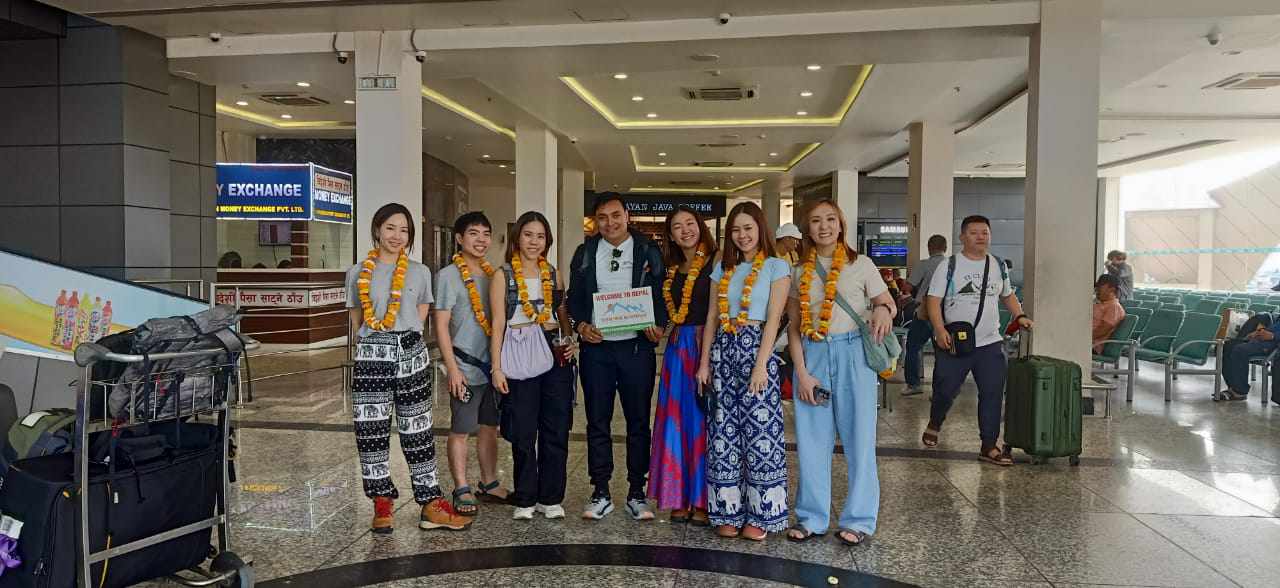
-
New Permit Regulations
- Trekkers are now required to obtain a Trekking Information Management System (TIMS) Card for safety. Solo trekking in remote regions may require hiring a licensed guide.
-
Improved Infrastructure
- New suspension bridges and teahouses have been constructed along popular routes like the Annapurna and Everest regions, ensuring safer and more comfortable trekking experiences.
-
Eco-Friendly Trekking Initiatives
- Efforts to minimize waste and promote sustainable tourism are being implemented. Trekkers are encouraged to carry reusable water bottles and avoid single-use plastics.
-
Digital Connectivity
- High-speed internet access is now available in key trekking hubs like Lukla, Namche Bazaar, and Pokhara, making it easier to stay connected during your trek.
Best Time to Trek in Nepal

Nepal offers two primary trekking seasons:
- Spring (March-May): Blooming rhododendron forests and stable weather.
- Autumn (October-November): Clear skies, mild temperatures, and excellent visibility.
Winter (December-February) and monsoon (June-August) are less favorable due to extreme cold and heavy rainfall but offer unique experiences for adventurous trekkers.
Essential Tips for Trekking in Nepal
- Physical Preparation: Train for endurance with regular hikes and cardio exercises.
- Gear Checklist: Include sturdy hiking boots, layered clothing, trekking poles, and a reliable backpack.
- Acclimatization: Prevent altitude sickness by taking rest days and staying hydrated.
- Insurance: Get trekking insurance covering high-altitude evacuation.
- Cultural Etiquette: Respect local customs and traditions. Always seek permission before photographing people.
Sustainable Trekking Practices
As tourism grows, so does the responsibility to preserve Nepal's fragile ecosystems. Here’s how you can contribute:
- Follow the “Leave No Trace” principles.
- Support locally owned teahouses and businesses.
- Participate in eco-tourism activities like tree planting.
How to Plan Your Trek

- Choose a Reputable Trekking Agency
- Look for agencies with positive reviews and experienced guides.
- Obtain Necessary Permits
- TIMS Card and region-specific permits (e.g., ACAP for Annapurna, Sagarmatha National Park Permit for EBC).
- Plan Your Budget
- On average, costs range from $20-$50/day, depending on the region and trek style.
Conclusion
Trekking in Nepal is more than just an adventure—it's a journey through some of the most breathtaking landscapes on Earth, enriched by cultural encounters and personal growth. As you gear up for 2025/2026, Nepal awaits with open arms, ready to leave you with memories that last a lifetime.
Are you ready to explore the trails of Nepal? Share your plans or questions in the comments below, and let’s make your trekking dream a reality!


 Plan Your Trip Now
Plan Your Trip Now 










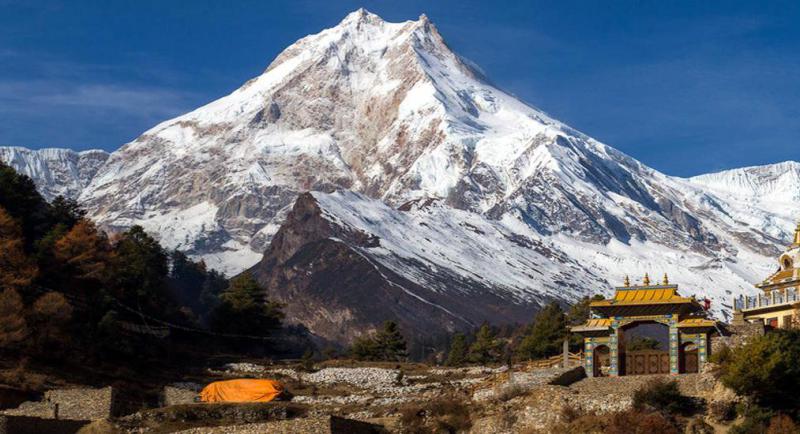

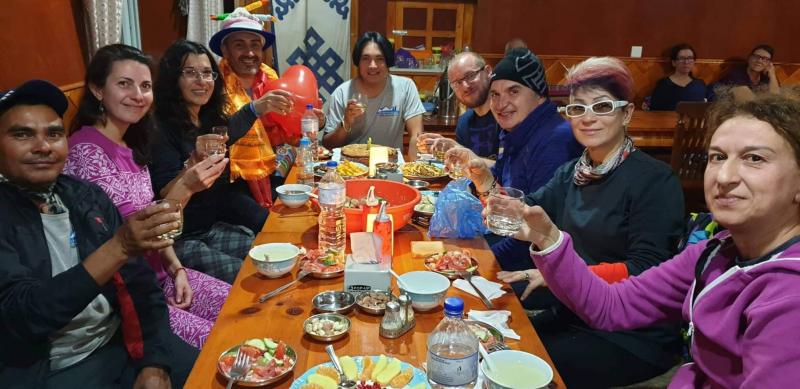









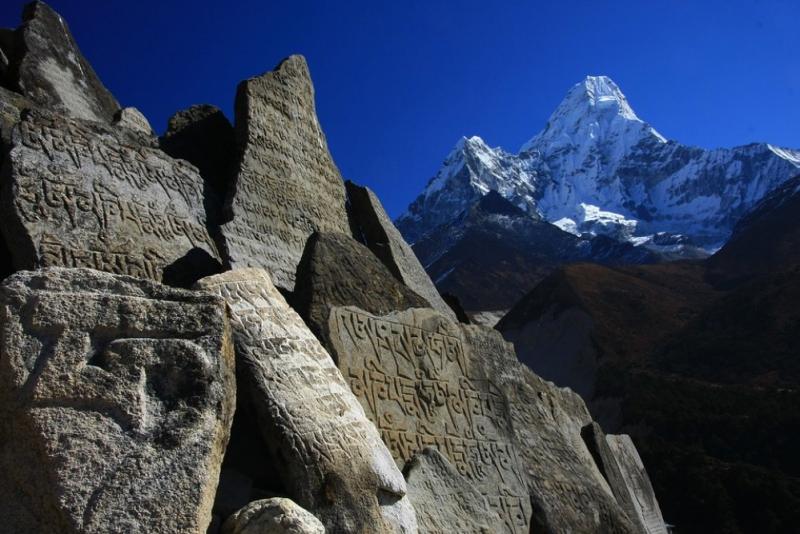






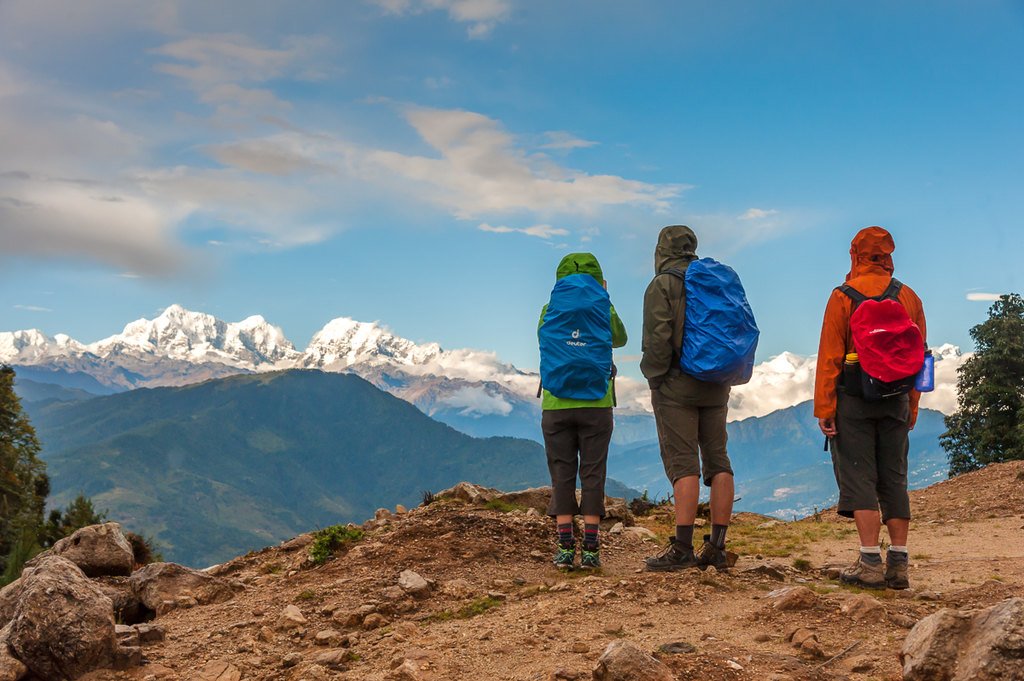
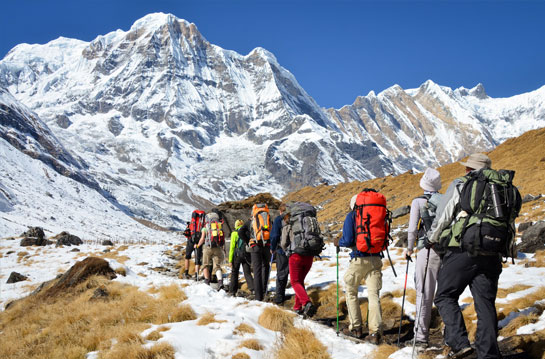
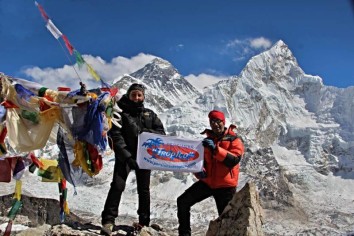






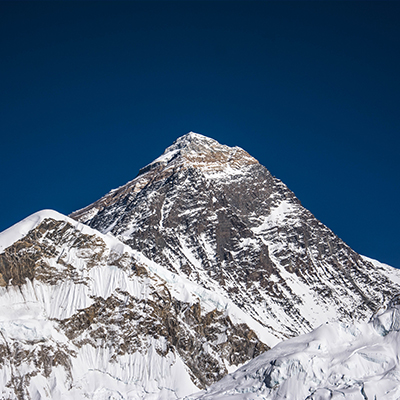


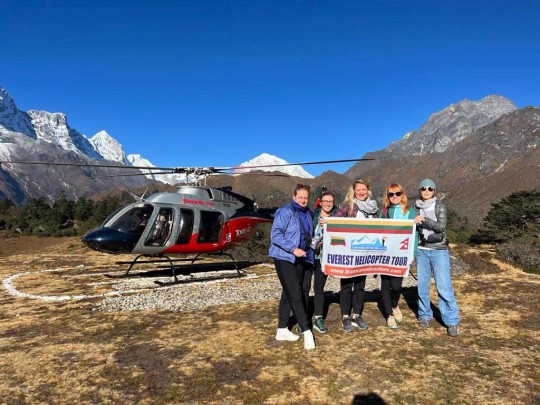



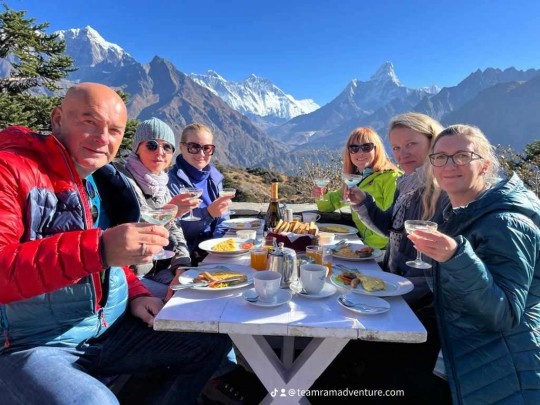







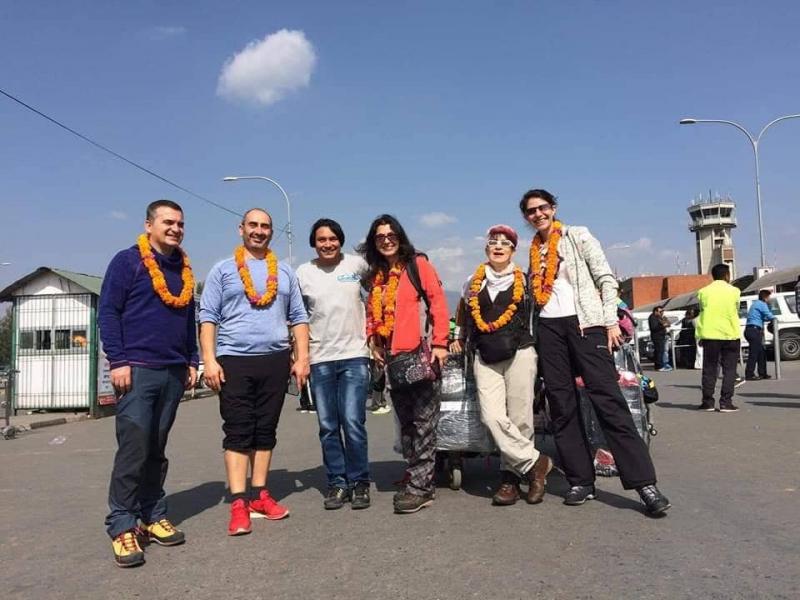












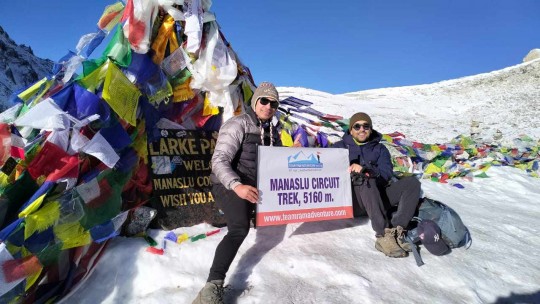
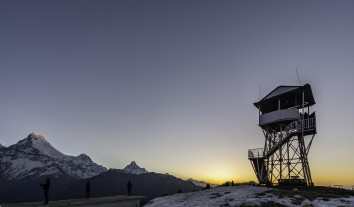
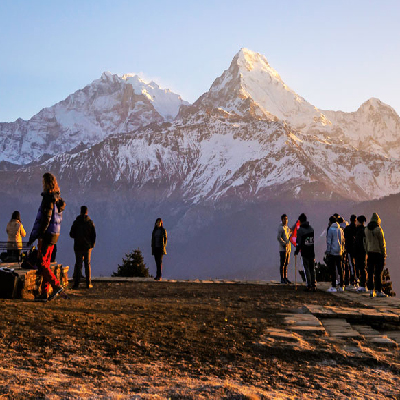










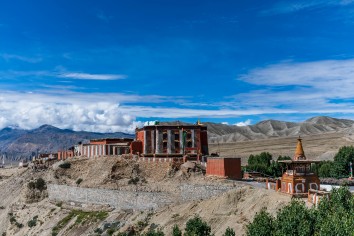


.jpg)







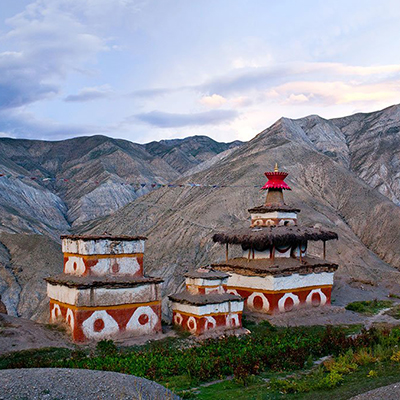
.jpg)


.jpg)

